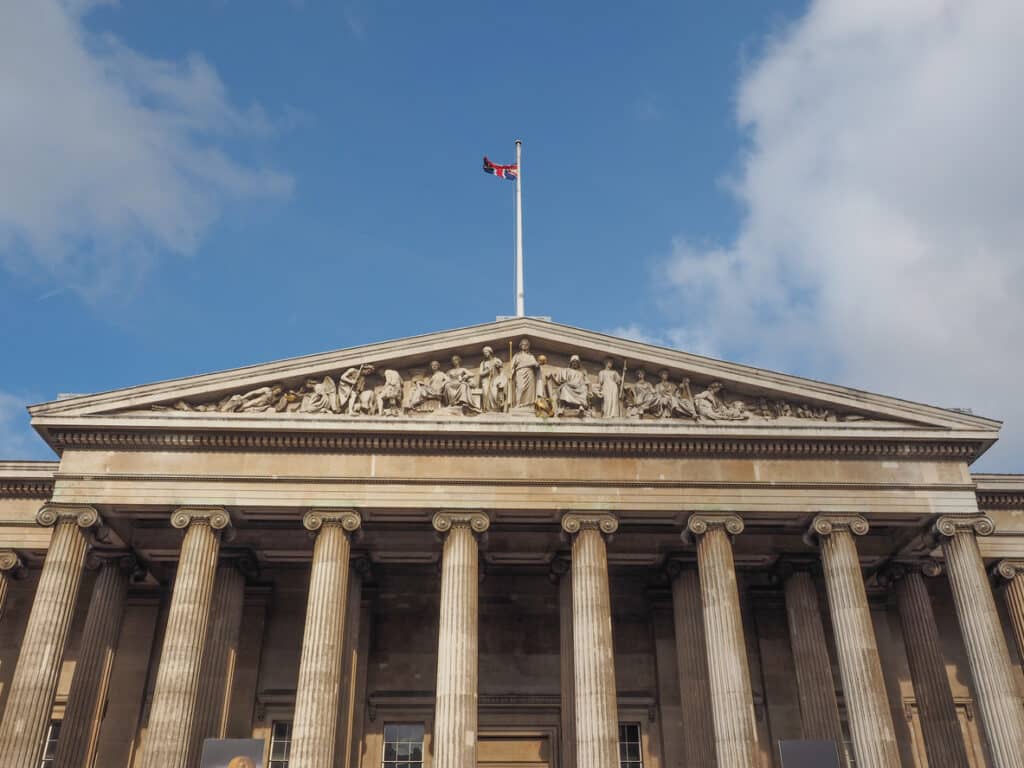Coin collecting has long been viewed as a predominantly male hobby. However, throughout history there have been many women who made significant contributions to numismatics, helping to reshape the field. One of these women was Helen Farquhar, a highly respected British collector of the last century who was known for her exceptional knowledge of British royal commemorative medals and coins. In this blog we will discuss Farquhar and her interest in touch pieces, a unique type of British coin.
Helen Farquhar: A Pioneering Numismatist
Helen Farquhar (1859–1953) was a pioneering figure in the world of numismatics during the late 19th and early 20th centuries, a time when the field was exceedingly male-dominated.
Farquhar’s most notable work was her research on the medals of British kings and queens. She meticulously studied and cataloged these medals, which had been overlooked by most other coin collectors and historians. She published a series of articles titled “Royal Charities” in the British Numismatic Journal which detailed the history and background of various medals and tokens that were distributed by the British monarchy to the poor.
Royal Touch Pieces
Of particular interest to Farquhar were touch pieces or “Angels.” These were coins or small medals that were struck to give to the subjects of the king or queen during formal ceremonies in which the sovereign would touch the afflicted part of a sick person and then bestow a medal or coin on them. That medal came to be associated with healing power.
For centuries it was believed that a true king had, via the Divine Right of Kingship, the power to heal sickness, particularly scrofula, a tubercular infection of the lymph nodes known commonly as the King’s Evil. From Henry II on, many kings and queens took this responsibility seriously, laying their hands on the sick and distributing specially minted coins to them as a form of almsgiving.
The first Angel coin appeared around 1470 and featured St. Michael the Archangel slaying the dragon of Evil on its obverse and a ship on its reverse with the inscription: “Per Crucem Tua Salva Nos Christe Redemptor.” The value of this coin, 6 shillings and 8 pence, equaled the professional fee of a medical doctor.
Henry VII, who took the throne from Richard III and had a tenuous claim to it at best, created the formal Touching ceremony, incorporating these practices into a divine service. The coins he distributed were specifically healing pieces and the king hung them around the petitioners’ necks himself.
Helen Farquhar made a serious study of these healing pieces, among other royal medals, collaborating closely with the British Museum. She had a significant influence on the museum’s collection and its approach to numismatic curation. The depth of her knowledge and her meticulous research helped the British Museum organize and classify its collection of royal medals more effectively.
Breaking Gender Barriers
Farquhar’s involvement in numismatics at a time when few women were acknowledged in the field was groundbreaking. She not only contributed through her own collections and research but also helped pave the way for other women. She was well regarded in the field until her death in 1953. Her legacy is a testament to the significant contributions women can and have made in coin collecting, even during periods when their participation was not widely recognized.
Women in Numismatics Today
Today many more women are breaking into numismatics, bringing their enthusiasm and unique perspectives. Some are casual enthusiasts or investors, but many others are serious collectors, scholars, dealers, and leaders in numismatic societies. Their work is helping to build a more inclusive and comprehensive understanding of numismatics.
The rise of online communities and forums has played a significant role in encouraging women to delve into coin collecting. These platforms provide a space for women collectors to connect, share their experiences, and learn from one another. Women-focused numismatic clubs and societies are also emerging, offering support and social opportunities.
Over time, with the contributions of coin collectors like Helen Farquhar, the world of coin collecting has become more diverse, dynamic, and inclusive, which can only help grow the field and encourage new generations of young people to collect and study coins.

